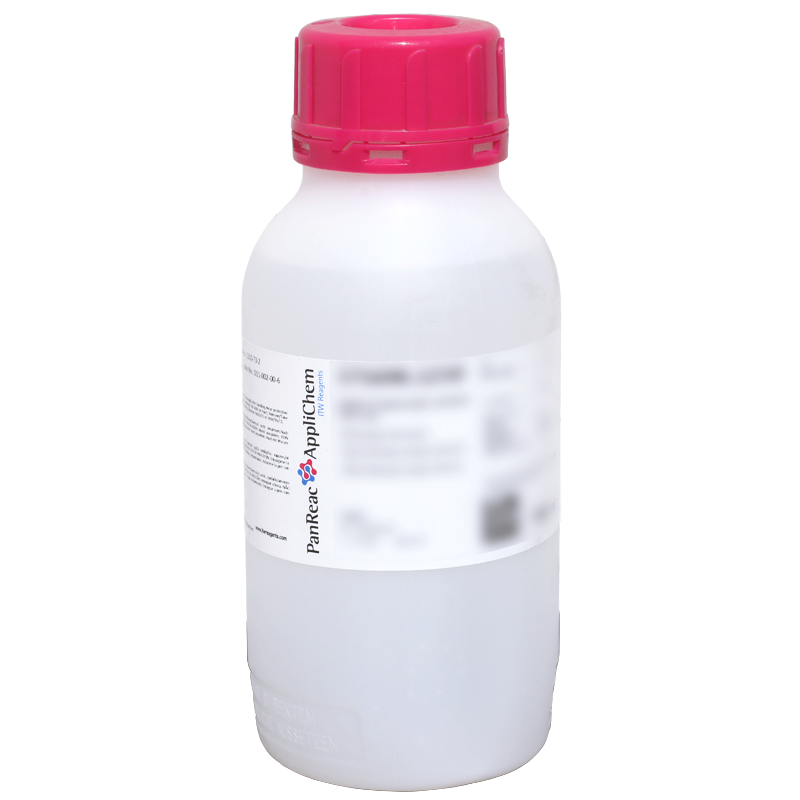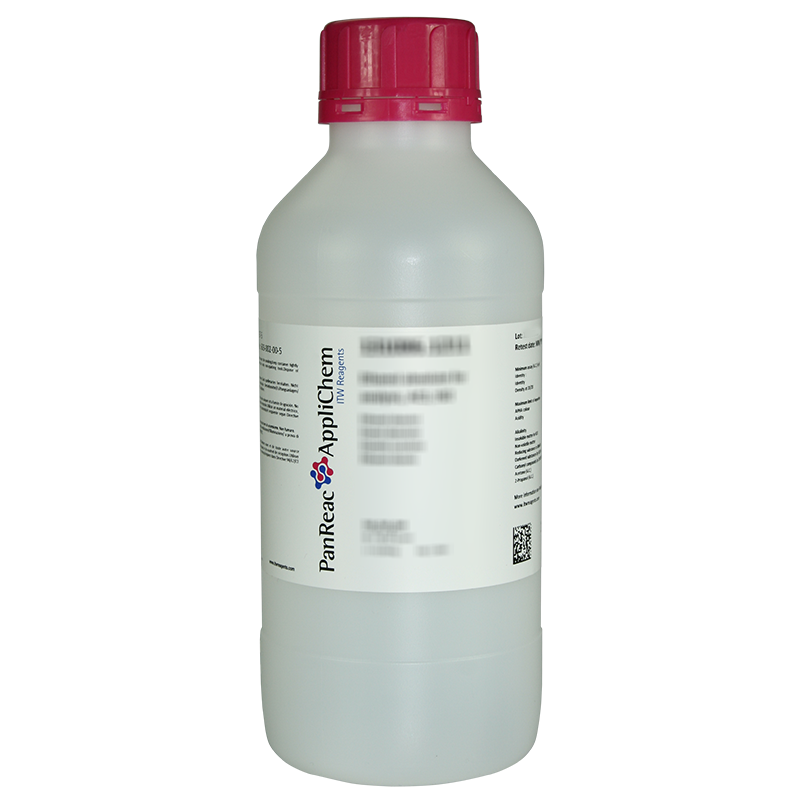Comments
Fehling's test for reducing sugars - In organic chemistry, Fehling's solution is a chemical reagent used to differentiate water-soluble carbohydrate and ketone (>C=O) functional groups, and as a test for reducing and non-reducing sugars, complementary to the Tollens reagent test. - The detection reaction published by Hermann Fehling in 1848 enabled the quantitative determination of sugar in urine by titration, which was important for the diagnosis of diabetes. Previously, this was only possible qualitatively by a simple taste or fermentation test, and later also quantitatively by polarimetry. Although Fehling's test has been an integral part of school chemistry for many years, it has also been controversial with regard to its importance: The explanation of Fehling's positive test to reducing sugars - oxidation of the aldehyde group to the carboxy group - which is common in chemistry lessons, contradicts the observation that fructose reacts faster than glucose and mannose. The main oxidation product of the reaction of a copper(II) salt solution with glucose is not the corresponding gluconic acid or gluconate, but glucosone (2-ketoglucose). The latter is further oxidized under the reaction conditions by cleavage of the C-C bond. This fact has been known for almost 90 years, but has not been accepted in textbooks and literature. In student experiments, the very similar Benedict's reaction is preferable to the Fehling reaction, since it is clear that the same results are obtained even when using less hazardous chemicals (sodium carbonate instead of sodium hydroxide). - Fehling's reaction - To perform Fehling's test, two solutions are used as detection reagents, which are named "Fehling I" and "Fehling II" after Hermann Fehling. - The light blue Fehling I solution is a dilute solution of copper (II) sulfate. - The colorless Fehling II solution is an alkaline solution of potassium sodium tartrate tetrahydrate. - After combining equal volumes of both solutions, Fehling's reagent has a characteristic dark blue color due to the complexation of Cu(II) ions with tartrate ions. Tartrate is a complexing agent in this case: due to the high stability of the complex, the solubility product of copper(II) hydroxide is no longer reached. If the copper(II) ions were not complexed, the OH- ions would react with the copper(II) ions to form the poorly soluble blue copper(II) hydroxide ,Cu(OH)2, and the desired detection reaction could no longer take place. As the crystallographic characterization of different copper(II) tartrates shows, the structural diversity is large and several species of different stoichiometries also occur in solution. - 2[C4H4O6]2- + Cu2+ + 2OH- [Cu(C4H3O6)2]4- + H2O - The addition of glycerol before topping up with water prolongs the shelf life of a self-prepared solution. - After adding the test substance, the solution is heated. This accelerates the detection reaction according to the RGT rule. Monosaccharides are detected in their open-chain form, since the oxidizability of the aldehyde group, which binds as a hemiacetal in the ring forms, is exploited here. The open-chain form is in chemical equilibrium with the various ring forms. For example, in the case of glucose in aqueous solution, less than 0.1 % of the sugar molecules are in the open-chain form. - The copper(II) ions are then first reduced to yellow copper(I) hydroxide (CuOH) and then dehydrated to copper(I) oxide (Cu2O), which precipitates as a red-brown precipitate. The aldehydes are oxidized to carboxylic acids in the process, according to the old reading. Not surprisingly, due to the formation of a solid product, the equilibrium of this reaction is almost entirely on the side of the carboxylic acid. As a result, other sugar molecules are converted to the open-chain form until the reaction is virtually complete. - α,β-Glucose (Semiacetal) open form (aldehyde) (Oxidation) gluconic acid - As already described in the history of Fehling's sample, according to current knowledge, not gluconic acid, but glucosone (2-ketoglucose) is formed. The latter is further oxidized under the reaction conditions by cleavage of the C-C bond. - With longer heating or with simpler aldehydes, such as formaldehyde or acetaldehyde, elemental copper can also be formed. - Redox Reaction - Since the oxidation of the sample substance takes place through the reduction of the copper(II) ions, the overall reaction can be broken down into an oxidation and a reduction reaction, as with all redox reactions. For simplicity, the following example does not take into account that copper ions are actually present in a complex with tartrate ions (copper tartrate): - Oxidation: - R-CHO +2OH- R-COOH + H2O +2e- - An aldehyde group is oxidized to a carboxylic acid in the basic. - R-COOH + OH- R-COO- + H2O - As the reaction takes place in an alkaline environment, the resulting carboxy group is deprotonated by hydroxide ions to form the carboxylate group in the sense of an acid-base reaction. - Reduction: - 2Cu2+ + 2OH- +2e- 2CuOH Cu2O + H2O - Copper(II) ions and hydroxide ions react to form copper(I) hydroxide, which then dehydrates to form copper(I) oxide. - Red-ox reaction: - 2Cu2++R-CHO + 5OH- Cu2O + R-COO- + 3H2O - Copper(II) ions and aldehyde groups react in a basic environment to form copper(I) oxide, carboxylates and water. - Limits - Ketones are generally not oxidized by Fehling's solution, making it possible to distinguish between an aldehyde and a ketone. This does not apply to α-hydroxyketones, e.g., keto sugars such as fructose. In the case of these, there are one or more OH groups in the immediate vicinity of the carbonyl group of the ketone: such have the same reducing effect as "real" aldehydes due to the endiolate ions formed in alkaline solution (cf. ketol-endiol tautomerism), thus also leading to the copper(I) oxide precipitation described above with Fehling's solution]. - Furthermore, the Fehling reaction with reducing sugars does not usually follow the simple stoichiometry shown above, since here oxidation products are formed which in turn have an additional reducing effect (ketoaldehydes, hydroxy-diketones, as well as products of retro-aldol reactions), so that in the end a mixture of various reaction products is present. - In the case of sucrose, the Fehling reaction is negative because, due to the 1,2-glycosidic bond, the aldehyde group is blocked and therefore cannot have a reducing effect. - In this context, the Fehling reaction - as well as other reductometric methods - has been displaced in routine analyses by enzymatic methods, which also allow linear quantification.






